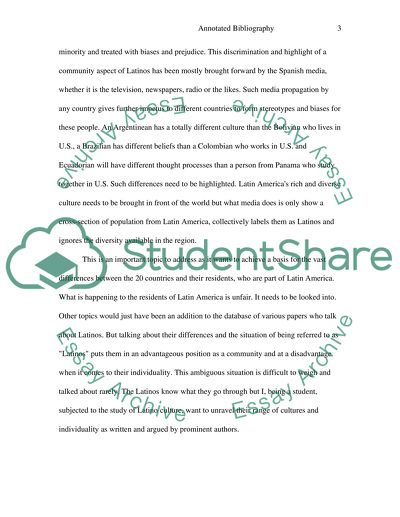Cite this document
(“A New Approach for the Latino Community Annotated Bibliography”, n.d.)
A New Approach for the Latino Community Annotated Bibliography. Retrieved from https://studentshare.org/social-science/1516672-annotated-bibliography-college-essay
A New Approach for the Latino Community Annotated Bibliography. Retrieved from https://studentshare.org/social-science/1516672-annotated-bibliography-college-essay
(A New Approach for the Latino Community Annotated Bibliography)
A New Approach for the Latino Community Annotated Bibliography. https://studentshare.org/social-science/1516672-annotated-bibliography-college-essay.
A New Approach for the Latino Community Annotated Bibliography. https://studentshare.org/social-science/1516672-annotated-bibliography-college-essay.
“A New Approach for the Latino Community Annotated Bibliography”, n.d. https://studentshare.org/social-science/1516672-annotated-bibliography-college-essay.


